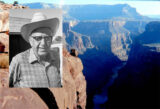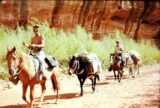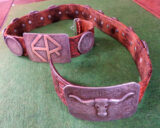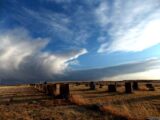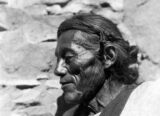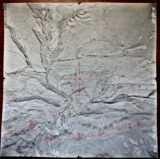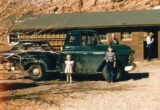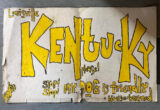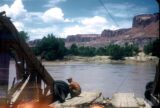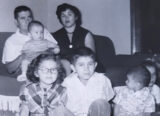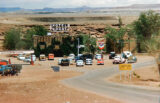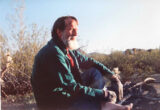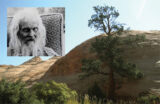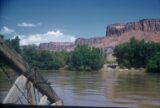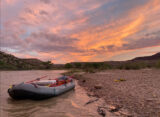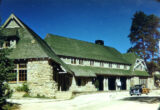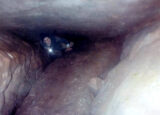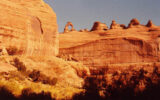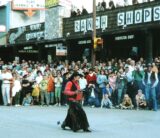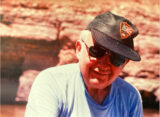
“This is where I saw Patton. We were stopped in this convoy, and I was in a half-track. I saw these three vehicles come down and as they got closer I saw the two stars–it’s got to be Patton I thought. Patton climbs out and yells, ‘Where’s an officer?’
“Meantime, this French vehicle comes flying down the road, and Patton yells, ‘Stop that vehicle!’ The Frenchman gets out and makes a real snappy salute, and Patton smiles and says, ‘Bon.’ If he hadn’t saluted Patton like that, he would’ve been chewed out.
“By this time, somebody found an officer, Captain Newton, and Patton yells, ‘What outfit is this?’ The captain responded, ’87th Reconnaissance 7th Army Division, sir.’ Patton says, ‘If this is reconnaissance, why the Hell aren’t they at the front?’ After a few more questions he says, ‘Where’s the communications vehicle?’
“I was in the next vehicle back, and I ducked down because I didn’t want him yelling at me. Besides, I was a lowly PFC. So he goes back to the vehicle and yells, ‘If there isn’t some audacity shown around here, some officers are going to be busted!’
“He went back to his Jeep, and which way did he go? He turned around and went back the other way. The next day in Stars and Stripes, big headlines read “PATTON VISITS TROOPS AT FRONT.” This is the kind of publicity crap that went on about Patton. Hell, he was five miles from the front! He was such a glory hound. Anyway that was my major encounter with General Patton, that jerk. My captain got killed at the front and Patton got the glory, five miles away.”
Read more →
